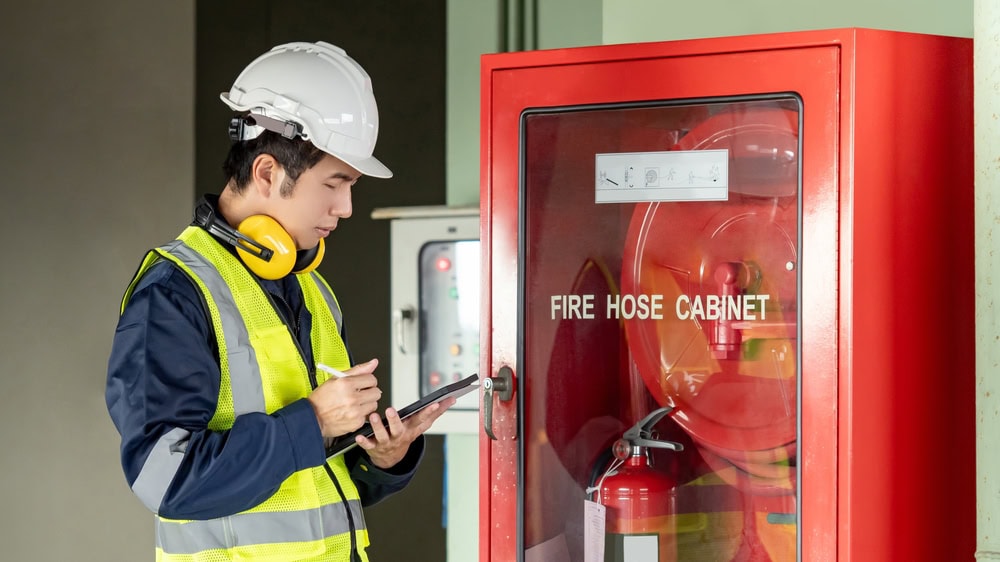Should You Buy or Lease Tools When You’re Just Starting Out?
Getting ready for your California contractor’s license exam is a milestone, but it’s only the start of your journey. One of the most pressing questions as you step into the construction world is: should you buy or lease your professional tools? The answer isn’t universal. It depends on your business goals, the projects you expect, … Read more










